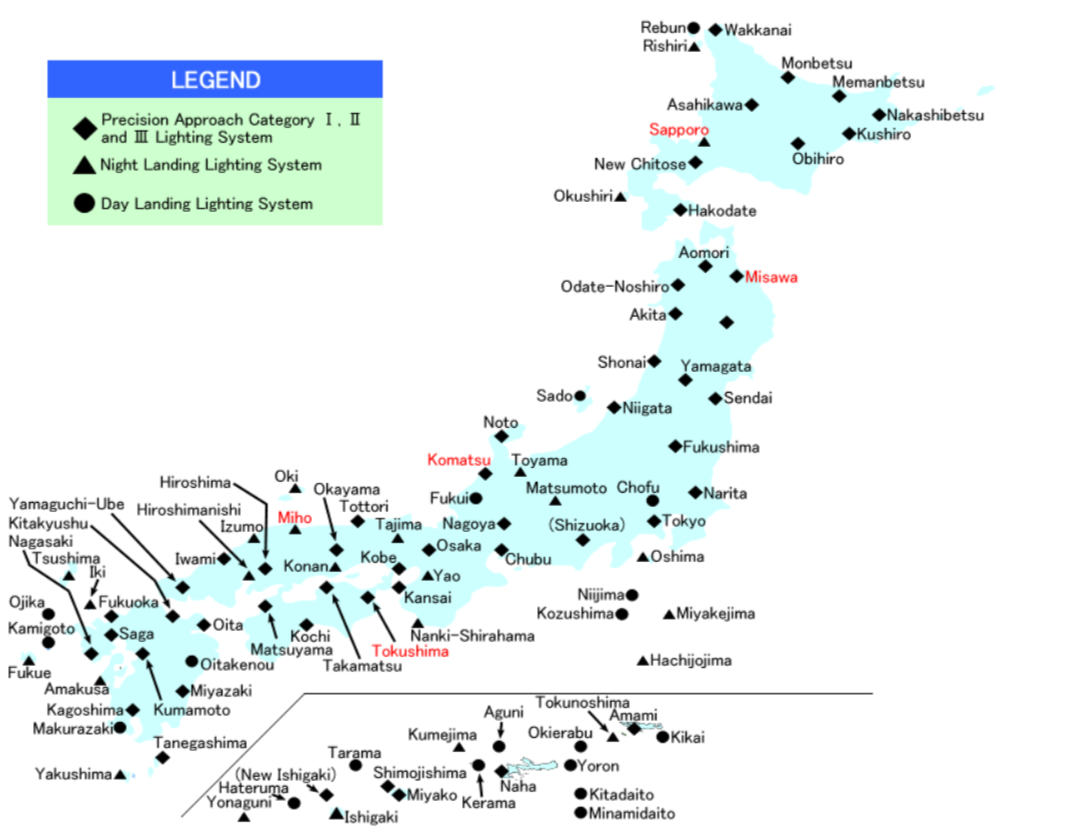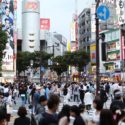Why Airplane Tickets Are So Expensive In Japan
My Friend: “Hey, I’m planning to travel to Japan next month.” Me: “Nice. Where are you visiting?” My Friend: “First, I’m going to Tokyo, but I wanna go to Kyoto as well. Should I take a flight or the bullet train?” Me: “Absolutely the bullet train.” |
For those who love traveling to a foreign country, airplane tickets are probably the biggest expenditure in your budget.
Especially Japan, flight tickets are much more expensive than other countries around the world.
It’s either because Japan is an island country or because of political reasons, or maybe both.
In this article, I will introduce you the reasons why airplane tickets are so expensive in Japan from political and historical perspectives.
Table of Contents
Why Airplane Tickets Are So Expensive
There are two most famous airlines in Japan, JAL (Japan Airlines) and ANA (All Nippon Airways).
There are some LCC airlines (Low-cost Carrier) in Japan as well, but they only operate from local cities in Japan to its neighbor countries such as South Korea.
If you are traveling to Japan with a travel agency, either JAL or ANA are most likely to be your airline.
And JAL and ANA are incredibly expensive compared to other airlines.
It’s not that it’s extremely luxurious or business class, it’s because of the geological reason.
Japan Has So Many Islands
Source: Ministry of Land, Infrastructure and Transport Civil Aviation Bureau
It’s impossible to go to those islands without fling across the sea.
So Japan has more airports than other countries and inevitable has to operate those numbers of airports and airfields.
There are 97 airports in total within a country, of which 28 are operated by the central government and 67 are operated by local governments.
Maintenance And Landing Fees Are The Reasons
The fact that Japan has to operate so many airports makes it more difficult for local governments to maintain those airports.
Especially nowadays, the Japan’s population is shrinking and much less people live in those local areas and small islands.
That means local airports have less business and have been facing serious deficits because of lack of airplane users or the simple population.
So how can those local airports still cover so much deficits?
The central government levies taxes from mega airports in big cities like Narita and Haneda in the name of the landing fees.
10 Most Expensive Airports to Land Your Plane
This article shows Haneda (Tokyo), Narita (Tokyo), and Kansai (Osaka) are three most expensive airports to land around the world and Chubu international airport (Nagoya) in 6th.
So 4 airports out of 10 in this list are in Japan.
Since those airports get much more passengers compared to those in local areas, it’s much more practical when they collect more landing fees from those airports.
But landing fees are not directly on passengers, but airline companies pay.
That means the companies include those extra fees in their airplane tickets, so airplane tickets naturally gets more expensive.
As a result, passengers are technically the ones who cover the deficits of local airports in Japan.
In addition to this, for those airports built on reclaimed landfills, such as Narita and Haneda, the government has to pay for owners of the area by respecting fishery rights.
As for airports built around residential areas, including Narita and Itami, extra expenditure is also needed to provide for residents due to aircraft noise.
Building so many airports in such a small country of archipelago resulted in more costs because of those factors.
Does Japan Really Need So Many Airports?
Japan has the bullet train and operates one of the greatest train systems around the world.
It’s no doubt Japan doesn’t really need so many airports, especially in local cities, where people can go by trains.
The problem is in the Japan’s bureaucracy.
Japan has worked on rebuilding infrastructure since the end of WWII.
The reconstruction policy successfully rebuilt the devastated cities in Japan after the war.
But the problem is that this bureaucracy is still going on today.
They still keep building infrastructure that they don’t even need.
Airports, highways, and harbors are the three best examples of this.
“I will prosper our city by developing transportation.”
It’s a cliche of many politicians because it’s easier for them to get voted when they say it.
Of course, it gets more convenient with an airport, highways, and harbors for locals, but the government doesn’t have enough budget in reality, and so many of them have actually gone deficits.
The bureaucracy like this is good when a country is developing, but Japan has been facing serious decrease in population today.
Clearly it is a wastes of taxes, and has resulted in distribution in benefits.
Since the airports in Tokyo are more expensive, airlines are more likely to land for transition in hub airports in other Asian countries instead such as Singapore and Hong Kong nowadays.
The same situation goes to harbors.
Japan is losing more businesses because of so many airports and harbors.





